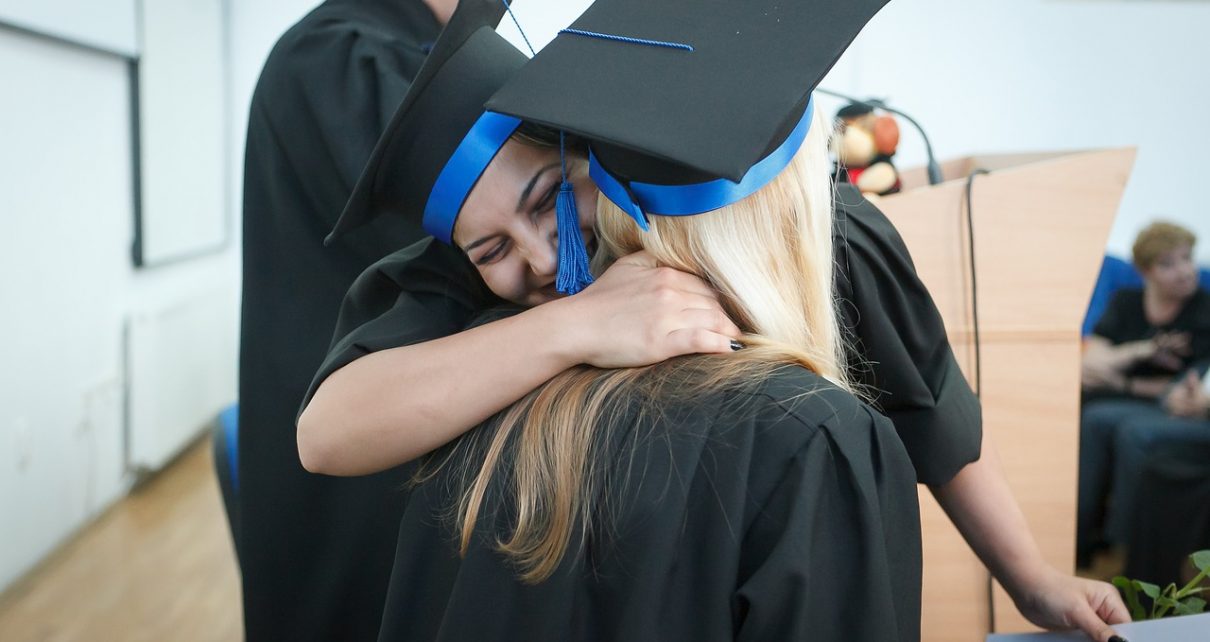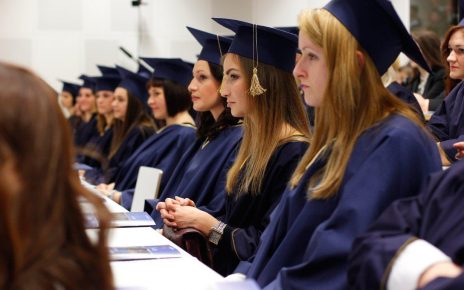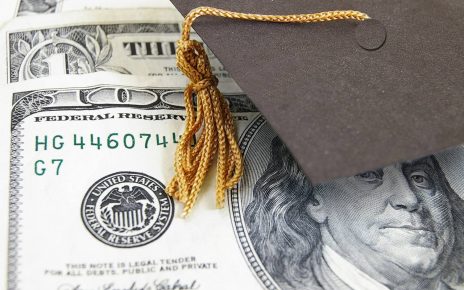Alaska is unusual when it comes to college bound financial assistance. Yes, it does have general grants and scholarships. At the same time, the state is well-known as one of the richest sources of mineral and related resources in the world, and gears its educational programs that way. This doesn’t mean someone looking to get a degree in some other field can’t find needed help. It’s quite the contrary, actually.
The state’s main need-based grant is the Alaska Academic Competitive Grant (ACG). It is a spin-off of the national ACG plan that measures financial need but does not forget academic merit. To apply, a student should start by applying for a Pell Grant. From there, the Alaska ACG will award him or her $750 for costs during freshman year. If he or she then passes with a 3.0 or better, it ups the grant to $1,000.
There is also the Alaska Advantage Grant. To apply for this plan, a student must also apply for the national LEAP program. This grant awards anywhere from $500 to $2,000 a year, but does give priority if the student is studying for a profession the state has on its high demand list, such as teaching or nursing.
If the plan actually calls for going to a vocational school as opposed to an academic university, there is the Vocational Training Grants. It awards $3,000 a year to a student who is going for a two year program, trade certificate or similar kind of education. To qualify a student also needs a 2.5 grade point average.
Alaska is one of the least populated states in the country. Even though it has some good universities, it doesn’t have every kind of degree course many other states do. To combat this situation, the state became part of the Western Undergraduate Exchange. This allows students to go to out-of-state universities at greatly discounted tuition. This can be applied to both undergraduate and post-graduate studies.
Fisheries and food-related business are very important aspects of the Alaskan economy. Because of this, the state also offers the AW Winn Brindle Memorial Educational Loan program. It will allow a student to study agribusiness at any accredited school in the country, provided he or she returns to Alaska for work. If the student does, the state will forgive 50% of the loan.
As for scholarship programs there is the GEAR UP plan. The GEAR UP actually starts in sixth grade with a preset series of courses that must be taken. If the student successfully passes those courses, he or she will receive a $7,000 a year scholarship that is good for any four year program of his or her choice.



